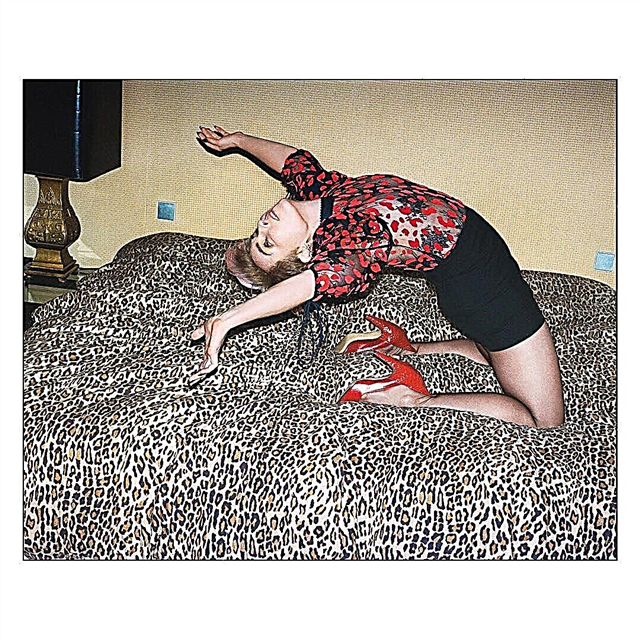A characteristic feature of this type of pocket is to make the entrance to the pocket, it is necessary to cut through the main fabric. The frame is obtained by processing the resulting cut with grinders.
If this is your first time to make a welt pocket in the frame, first make a sample and only then proceed to the main product.

We consider the sequence of processing a welt pocket into a frame using the example of a model of narrow trousers from Burda 3/2018:
- Special offer

- 1
- 2
- 3
- 4
- Special offer

- 1
- 2
- 3
- 4
Step 1
On the rear halves of the trousers, grind the tucks from the upper sections to the tops of the tucks. At the vertices of the tucks, knit the stitches. Iron tuck depths to mid-back line.
Types of pockets in clothes
Step 2
In this case, a slotted pocket in the frame is performed only on the right rear half of the trousers.

On the right side of the right rear half of the trousers at a distance of 1.5 cm (= width of the stitching in finished form) from the seam lines of the stitching of the stitches, mark the lines of the matching stitches with the “magic” tailor's chalk.
Step 3
Fold each hem of the back pocket (16 cm long and 6 cm wide, including allowances) folded in half along the front side out and ironed.
Step 4

Pin two half-turned stitches to the half of the trousers, combining the stitches of the stitches with the marked lines for combining the stitches. Transfer the ends of the pocket (corners) to the edges. Grind according to the marking at a distance of 1.5 cm from the folds of the stitches from corner to corner.
Step 5

Cut the rear half of the trousers along between the seams to the corners, make transverse notches to the ends of the seams, without damaging the trim. Unscrew the obtachka on the cut and iron.
Step 6

Sweep stitches with oblique basting stitches.

Unscrew small triangles at the ends of the cut (from the ends of the seams to the end of the cut) on the wrong side and sew on the ends of the edges with the right side facing the front side.
Max Mara seam pocket
Step 7

Grind the burlap of the pocket from the lining fabric to the seam allowances of the lower seam. Overcast seam allowances together. Press the burlap of the pocket down.
Step 8

Poke the burlap of the pocket from the main fabric from the wrong side to the back half of the trousers and the burlap of the pocket from the lining fabric, sweep to the upper cut of the half of the trousers.
Step 9

From the front side, lay the stitch exactly in the seam of the upper groove and diagonally to the corners at the ends of the pocket, securing the burlap of the pocket from the main fabric.
Sewing School: Pocket Processing
Step 10

Sack the burlap pockets from the corners, overcast the burlap sections.
Source and photo: Burda3 / 2018



